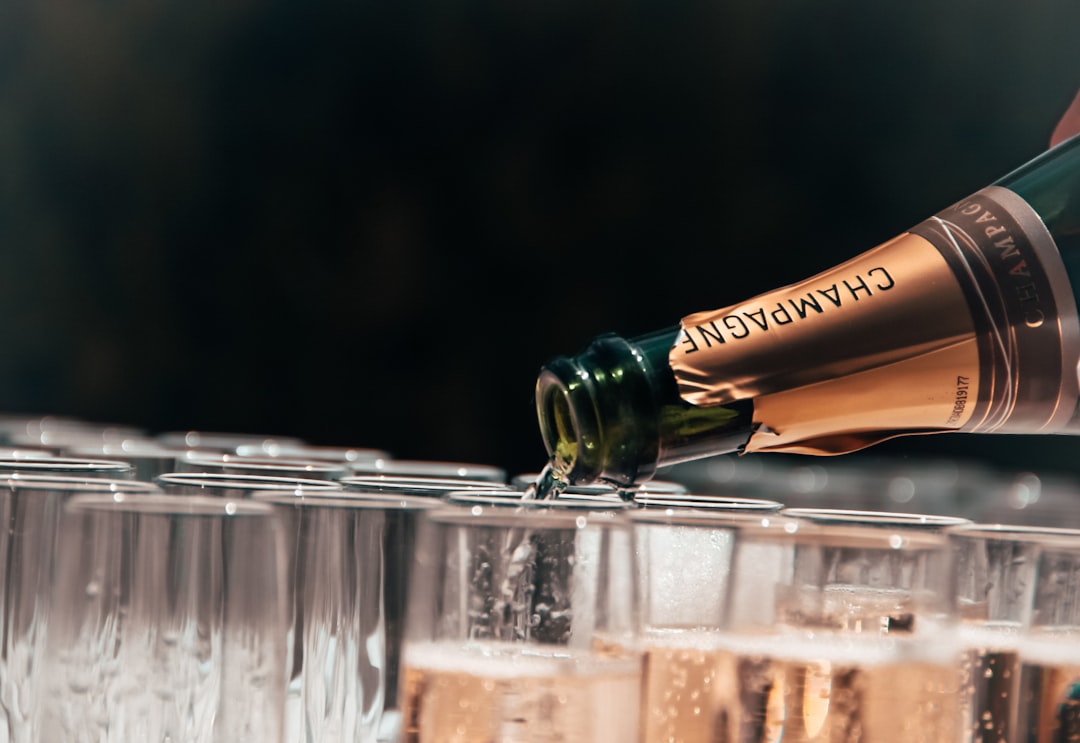Who Discovered Champagne? (Dom Perignon?)
Was Dom Pérignon really the first man to taste sparkling wine? Is it possible somebody else (maybe the English) beat him to it?

Did the French Invent Champagne?
On a cold evening on Aug. 4, 1693, a disciplined Benedictine monk suddenly went amok, breaking the silence in the Abbey of Saint Pierre situated in Hautvillers in the Champagne region of France. He started screaming with excitement.
"Come quickly, I am drinking the stars."
The monk was Dom Pérignon (sounds familiar?), the blind monk who accidentally invented champagne. Dom Pérignon spent 47 years of his life in the Abbey of Saint Pierre, where, among other duties, he worked on improving some of the aspects of champagne-making. It was due to his pioneering efforts that champagne became a beloved drink in countries all over the world.
As the story goes, Dom Pérignon was drinking the wine from a bottle that had been bottled and sealed in the mistaken belief that the fermentation was complete. In fact, the fermentation had only stalled due to the low temperature in the cellar in the winter, due to which the yeasts stopped working.
Once spring came, the fermentation started again within a sealed bottle. The carbon dioxide produced by this renewed fermentation dissolved in the wine and became bubbles when the wine was opened.
The champagne industry subsequently embraced the story, and in 1889, the Syndicat de Commerce declared that Dom Pérignon was the father of champagne. Later it also published pamphlets that Dom Pérignon had “discovered” champagne by following ancient traditions.
A perfectly timed story adopted by a powerful industry. But it does raise the pertinent question.
Was Dom Pérignon really the first man to taste sparkling wine? Is it possible somebody else (maybe the English) beat him to it?

The British Connection
Two Englishmen inadvertently shaped the history of champagne, one invented the method called “methode champenoise” for creating it, and the other orchestrated the creation of the heavier champagne bottle. Their names are Christopher Merrett, a physician, and Admiral Sir Robert Mansell.
It was the 1600s, and Christopher Merrett wanted to do something to make English wine the best in the world. Particularly he wanted to find a way to make the wine into a sparking effervescent, bubbling concoction. And after a lot of experimentation, he found the solution by using sugar and molasses.
As he described his findings in his 1662 paper, “Some Observations Concerning the Ordering of Wines”,
“Our Wine-coopers of latter times use vast quantities of Sugar and Molasses to all sorts of wines to make them drink brisk and sparkling and to give them Spirits. That is how we can make our wine better.”
Merrett was describing an early version of methode champenoise in which still wines were loaded with sugar and molasses to get the yeast going again, then sealed in a bottle to produce an effervescent, bubbling concoction.
This was the first known description of making “sparkling” wine made famous by the French later as the methode champenoise, named after the Champagne region of France.

An Ecological Crisis Created Stronger Champagne Bottles
Around the same time, the English were going through an ecological crisis due to rapid industrialization, overpopulation, and decimation of the country’s forests due to blatant deforestation.
Admiral Sir Robert Mansell of the British Navy was terrified. No wood meant no new ships, and no new ships meant weak defenses against the enemies. No, wood has to be rationed for defense purposes only.
Admiral Sir Robert Mansell appealed to James the First and was granted a Royal decree banning wood-fired furnaces, the only alternative was to use coal.
Craftsmen around the country were up in arms about this new prohibition. Still, grudgingly they adjusted to using coal for all their activities, including the glassmakers who had been burning timber for centuries to make their products.
But unknowingly for the glassmakers, although coal created pollutants and toxins, it also made their glass stronger as coal burns at higher temperatures creating stronger, more durable, and thicker glass.
Over time, artisans honed new industrial methods to take advantage of this discovery. But the biggest use was in the creation of stronger champagne bottles.
You might be wondering what thicker glass has got to do with champagne. The simple answer is pressure. The new “effervescent” wine generated incredible pressure, and only an especially strong bottle could withstand this sort of pressure.
And English bottle makers had the edge and the first-mover advantage to make unbreakable champagne bottles compared to the French, whose bottles started breaking under pressure.
The English provided the tools, and the French capitalized and marketed them across the world. The founding myth of Dom Pérignon made champagne one of the most famous imports to come out of France.
And we all know the result; the clear sparkling delight that we all open to celebrate our every thrill and victory in life. And all this was made possible due to the ‘happy’ accidents of two English stalwarts of the British Empire.



Never heard this story. Wonderful!